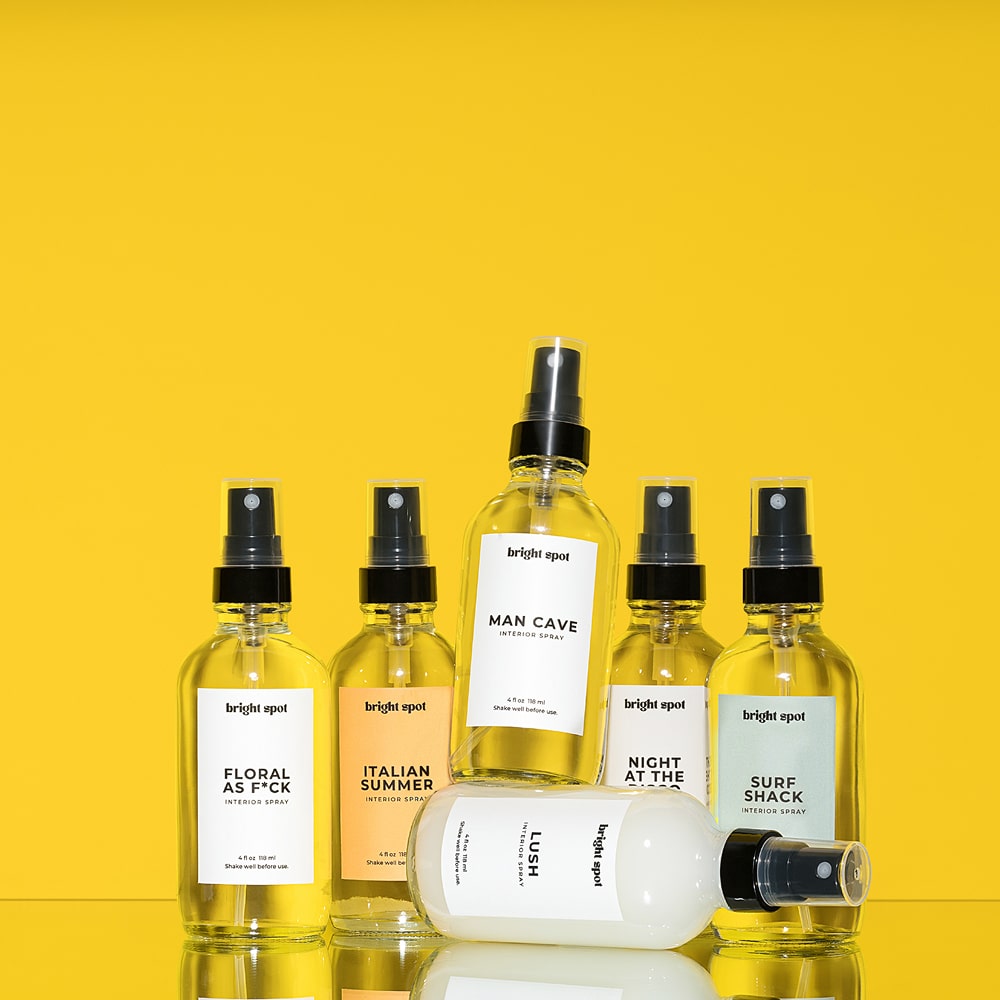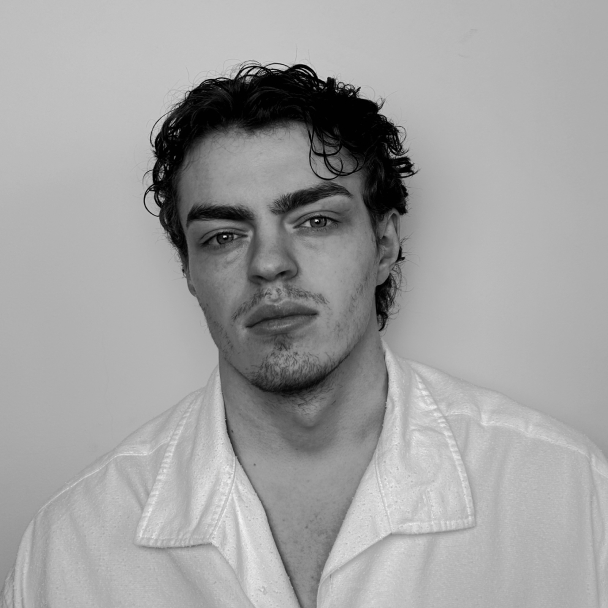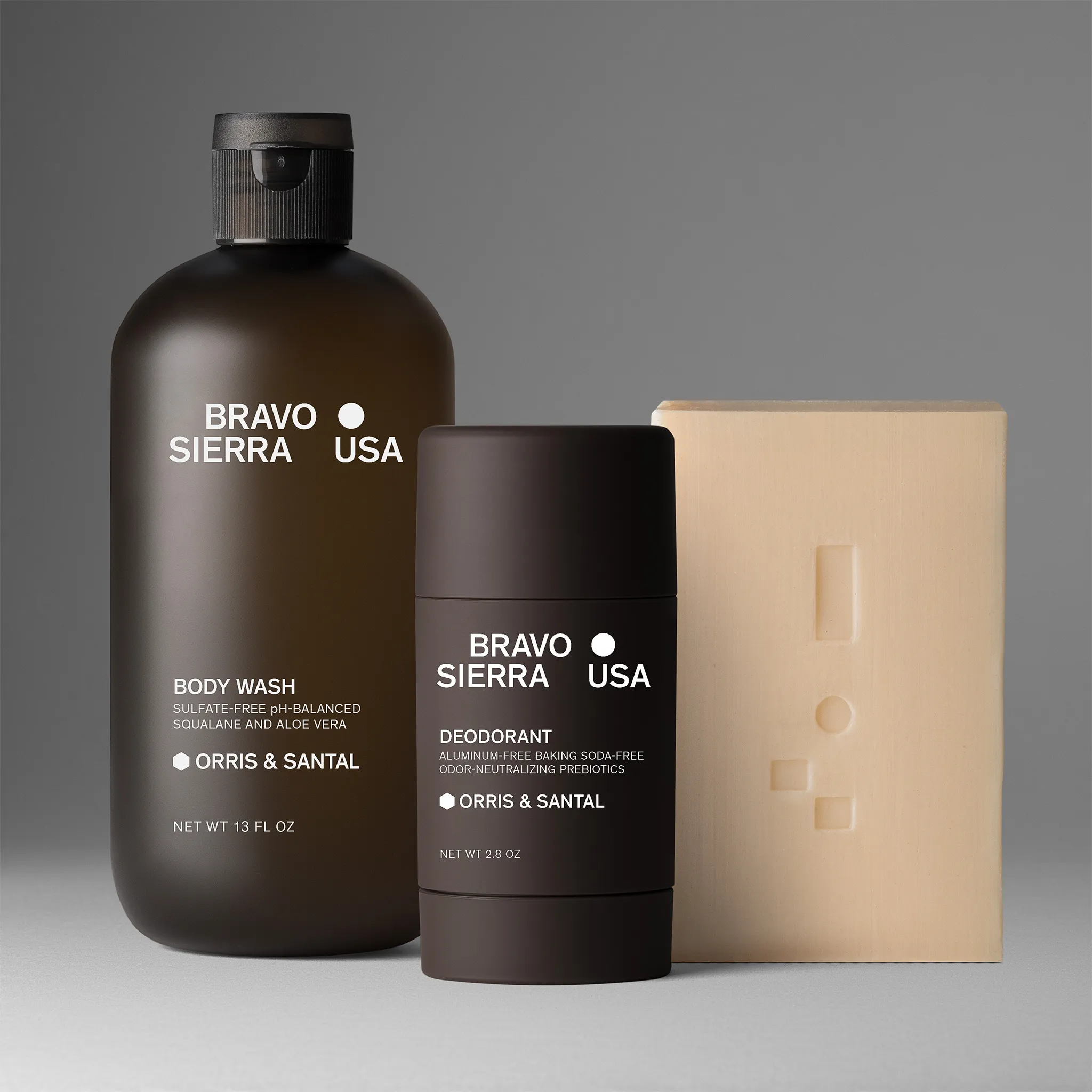When planning a photoshoot, having the right accessories can make all the difference in creating clean, professional images that sell. Photoshoot accessories help you control lighting, stabilize your camera, and style your products. This way, you capture every detail just right.
You don’t need to guess which gear to use. Simple items like tripods, diffusers, and reflectors can improve your shots without adding complexity. At Squareshot, we use the right accessories to deliver studio-quality product photos with fast turnaround and clear pricing.
Whether you shoot apparel, jewelry, or home goods, the right accessories help your product look its best. If you want to learn how to pick and use these key tools, this guide is for you.
It will walk you through the must-have photoshoot accessories and how they help you capture the perfect shot every time. For a deeper look at professional setups, check out our product photography services page.
Essential Photoshoot Accessories
Having the right accessories makes your photoshoot smoother and helps you capture better shots. Small tools and gear can save time and improve the quality of your images. This section covers key items that every photographer should have for product or model photography.
Camera Straps and Harnesses
A good camera strap or harness keeps your camera safe and easy to carry during long shoots. Comfortable straps reduce strain on your neck and shoulders. Harnesses distribute the camera’s weight across your body, which helps when you bring multiple cameras or heavy lenses.
Look for straps with quick-release buckles so you can detach your camera fast when needed. Some straps have padding or adjustable lengths to fit your body. A harness system keeps your hands free when moving between setups or handling props.
Lens Filters
Lens filters protect your camera lens and can alter the appearance of your photos without requiring editing. A UV filter keeps your lens clean and cuts glare from the sun. Polarizing filters reduce reflections on shiny surfaces, which is helpful for photographing jewelry or accessories in general.
Neutral density (ND) filters reduce the amount of light entering the lens, allowing you to shoot with a wider aperture or longer shutter speed in bright light. This lets you create effects like soft backgrounds. Keep a few filters with different strengths to adapt to changing light conditions during your shoot.
Memory Cards and Storage
Having enough memory cards and fast storage helps you avoid delays. Use high-capacity cards with a fast writing speed, so your camera can save photos quickly. This prevents lag between shots, particularly when shooting in burst mode.
Bring multiple cards and format them before your shoot to avoid errors. Back up your files to an external drive or laptop regularly if you shoot for several hours at a time. Keeping your data safe means you won’t lose important images. For professional work, tracking your storage keeps everything organized.
How Accessories Improve Product Photography Workflow
Photoshoot accessories aren’t just about better images; they streamline production. Reflectors and diffusers reduce the time spent correcting lighting in post. Tripods enable repeatable angles, making them ideal for large catalog sessions.
Remote triggers and tethering software accelerate approvals by enabling teams to review shots in real-time. Even basic tools, such as clamps or stands, minimize setup delays. For DTC brands managing multiple SKUs, these small tools significantly reduce shoot duration and editing labor.
Choosing Accessories Based on Product Category
Not all accessories suit every product. For example:
- Apparel: Use garment clips, mannequins, or ghost mannequin setups for clean draping.
-min.jpg)
- Jewelry: Polarizing filters and macro lenses help show fine detail and reduce glare.

- Home goods: Larger softboxes and props, such as books or textiles, create a lifestyle context.
%201-min.jpg)
By aligning accessories with product type, you enhance realism, consistency, and brand fit.
Lighting Tools for Creative Shoots
Good lighting makes your products stand out. You need tools that control light direction, soften shadows, and provide consistent brightness. The right gear also helps you get creative effects without complicating your setup.
Reflectors and Diffusers
Reflectors bounce light onto your product to fill in shadows and add brightness. You can choose from white, silver, or gold surfaces. White reflectors give soft light, silver ones create a stronger reflection, and gold adds warmth.
Diffusers soften harsh light by spreading it evenly. They reduce glare on shiny surfaces like electronics or jewelry. Use fabric diffusers or translucent plastic panels to avoid sharp shadows that distract from your product.
Reflectors and diffusers give you more control over how light hits your subject. They’re small, affordable tools that make a big difference in your photos.
External Flashes
External flashes provide extra light when your environment is too dark or unevenly lit. Unlike built-in camera flashes, they offer better power and direction control. You can adjust their output strength and angle for more natural lighting.
Some flashes sync with your camera for precise timing. You can also attach softboxes or umbrellas to soften the flash. This reduces harsh highlights and creates a more professional look without relying on studio lights.
Using external flashes helps you shoot in varied locations and keeps your product shots sharp and well-lit, even in tricky lighting.
Portable Light Stands
Portable light stands hold your lighting equipment steady and in place. They come in different heights and weights, usually with adjustable arms. You can quickly set them up and move them as needed.
Light stands make it easy to position flashes, diffusers, or reflectors exactly where you want. Many are collapsible, making them great for on-location shoots or small spaces.
Strong, reliable light stands reduce setup time, allowing you to focus on perfecting your light setup for consistent, high-quality photos.
Props and Styling Accessories
Choosing the right elements can make your photos stand out. Details such as backdrops, handheld props, and wardrobe items help create the mood and effectively highlight your product. These accessories work together to create clear, focused shots that capture attention and showcase your product’s best side.
Backdrop Materials
Backdrops set the stage for your product photos. Common materials include seamless paper, fabric, and vinyl, each offering different looks and textures. Paper backdrops offer smooth, clean backgrounds in solid colors, making them ideal for minimalist or studio-style shots.

Fabric adds depth with soft folds and interesting textures, but it needs steaming or ironing to avoid wrinkles. Vinyl backdrops are durable and easy to clean, making them ideal for glossy or reflective surfaces. Pick a color or pattern that complements your product without overpowering it.
For a simple, crisp look, white or light gray paper works well. For a warmer or moodier look, try fabrics like linen or canvas.
Handheld Props
Handheld props add context and lifestyle detail that connect your product to real use. These can include items such as sunglasses, books, jewelry display stands, or even food and drinks for themed shoots.
Keep props relevant but not distracting. For example, a coffee cup works well with cozy clothing, while plants can add a fresh vibe to accessories. Use props to tell a story or illustrate scale and function, such as holding a small handbag or demonstrating a watch on the wrist.
Keep props consistent in style and color palette. Avoid overcrowding your frame. When done correctly, props support the product and brand identity, making images more engaging and appealing on platforms such as social media and e-commerce sites.
Wardrobe and Textiles
Wardrobe choices go beyond the main clothing piece and include accessories like scarves, hats, belts, and shoes. Layering these items thoughtfully creates dimension and interest in your photos.
Textiles, such as draped fabric or textured blankets, can add softness or contrast to your products. Matching textiles and clothing styles with the shoot’s theme improves cohesion. For example, natural cottons and linens work well for casual, outdoor vibes, while silks and satins suit luxury brands.
If styling feels tricky, you can use a “Complete the Outfit” add-on service, which includes outfit selection and coordination tailored to fit your brand’s look. Proper styling and textile use elevate your product’s story and make catalog images more appealing to buyers.
Advanced Tech and Convenience Items
The right tech and convenience tools can make your photoshoot smoother and more efficient. These accessories help you control your camera remotely, keep your gear powered, and manage images on the spot, saving you time.
Remote Triggers
Remote triggers let you take photos without touching your camera. This reduces camera shake, which keeps your shots sharp and clear. You can trigger your camera from several feet away, which is perfect for tough angles or group shots where you want to be in the frame.
There are two main types: infrared and radio frequency. Radiofrequency triggers work over longer distances and through obstacles, such as walls, making them more flexible. Many remote triggers pair with smartphones or tablets for easy control.
Using a remote trigger improves your workflow, especially during product shoots where every detail counts. It helps capture consistent shots without requiring physical movement of the camera.
Portable Power Banks
Power banks keep your devices charged during long shoots. Cameras, lights, and other equipment can quickly drain batteries, so having extra power on hand allows you to work uninterrupted.
Choose a power bank with a high mAh rating (at least 10,000 mAh) to recharge multiple devices or a camera at various times. Look for ones with USB-C ports to support the latest gear and fast charging.
Some power banks also offer pass-through charging, allowing you to charge your devices while the bank itself is charging. This is useful if you shoot in one location for hours or need to power continuous lighting setups without having to swap batteries.
Tethering Equipment
Tethering means connecting your camera directly to a computer or tablet during a shoot. This allows you to see images on a bigger screen immediately after you take them.
You'll usually need a USB or Thunderbolt cable, plus software to view and manage files. Tethering helps you catch errors quickly, adjust lighting, and verify details without guesswork.
This setup is essential for product photography, where sharpness, color accuracy, and composition are key. It saves time in post-processing since you get near-final images on the spot.
Remote Shoots: What Accessories Still Matter
When you're shipping products to a remote service, you lose direct control, but accessories still matter.
Services use the notes you provide to determine styling tools, such as pins, risers, or textured backdrops. You can also send specific props or fabrics to match your branding. Reflectors, tethers, and tripods remain part of the studio setup even when you're off-site.
Clear planning ensures that even remote shoots stay aligned with your creative vision.
When to Invest vs. Rent Photoshoot Gear
For brands that shoot frequently, purchasing core accessories like tripods, light stands, and filters can save money in the long term.
However, renting makes sense for occasional use or specialty tools, such as tilt-shift lenses, high-power strobes, or large backdrop systems.
Consider rental when:
- You need gear for one shoot only
- Storage or transport is a concern
- You’re testing the gear before committing
Balancing ownership with rental access improves both efficiency and cash flow.
How Photoshoot Accessories Enhance Product Photography
The right photoshoot accessories streamline production and improve visual quality across categories. From tripods and lighting modifiers to styling props and remote triggers, each tool plays a specific role in capturing sharp, consistent product images.
Aligning accessories with product type and workflow, whether on-site or remote, helps teams reduce reshoots and maintain brand consistency. Simple tools like diffusers or clamps have a large impact on post-processing time and image accuracy.
For DTC brands scaling catalog production, investing in or selecting the right accessories can directly affect visual clarity, efficiency, and buyer trust. For more tips, subscribe to Squareshot’s newsletter.
Frequently Asked Questions
Choosing the right tools and props can make a significant difference in the success of your photoshoot. Knowing what gear to have, picking suitable accessories, and finding local options helps you get better images. Small tricks can also help you look your best in pictures.
What essential equipment should I have for a photoshoot?
You'll need a good camera, suitable lighting, and a tripod to get started. Reflectors help control shadows, and a plain background keeps the focus on your subject. Don’t forget extra batteries and memory cards to avoid interruptions.
How do I decide on the right props for a photography session?
Select props that align with the style and message of your shoot. Keep them clean and straightforward. For products, use items that highlight features without stealing attention. Use pins or hanging techniques for jewelry or light accessories to create interesting angles.
Can you suggest some creative prop ideas for a home photoshoot?
Use everyday items like books, plants, or fabrics to add texture. Natural light near windows works well. Try hanging accessories or clothes with pins for a floating effect, which can add a professional touch without extra gear.
What props work best for photographing adults?
Keep props minimal and personal, such as scarves, hats, or simple chairs. Use items that fit the person's style or story. Avoid bulky props that hide the subject or create clutter.
How can I find unique photo shoot accessories locally?
Check craft stores, thrift shops, and markets for one-of-a-kind items. Look for textures, colors, and styles that suit your theme. Using local finds can add authenticity and freshness to your images.
What are some tips to look more flattering and slim in photos?
Wear fitted, solid-color clothes that shape your body well. Angle your body slightly away from the camera, rather than facing it directly. Good lighting and standing up straight also help you look better in photos.

Product A
SQUARE SHOT




























